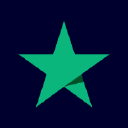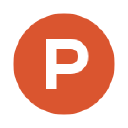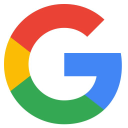How I Developed A Website Builder Tool
Hello, my name is Edoardo Valenza and I’m the founder of Codelia. Codelia is a headless CMS to develop websites and e-commerce. It’s built for developers and marketers to make their job easier. Its main goal is to give maximum flexibility to developers while developing and to give a flexible solution to marketers to manage the entire content structure of all their web projects without writing a single line of code.
The project was launched in June 2021. During the first month, Codelia got around 160 leads and 36 users subscribed to the free plan. Now people are subscribing to Codelia day by day.


Download the report and join our email newsletter packed with business ideas and money-making opportunities, backed by real-life case studies.

Download the report and join our email newsletter packed with business ideas and money-making opportunities, backed by real-life case studies.

Download the report and join our email newsletter packed with business ideas and money-making opportunities, backed by real-life case studies.

Download the report and join our email newsletter packed with business ideas and money-making opportunities, backed by real-life case studies.

Download the report and join our email newsletter packed with business ideas and money-making opportunities, backed by real-life case studies.

Download the report and join our email newsletter packed with business ideas and money-making opportunities, backed by real-life case studies.

Download the report and join our email newsletter packed with business ideas and money-making opportunities, backed by real-life case studies.

Download the report and join our email newsletter packed with business ideas and money-making opportunities, backed by real-life case studies.
































